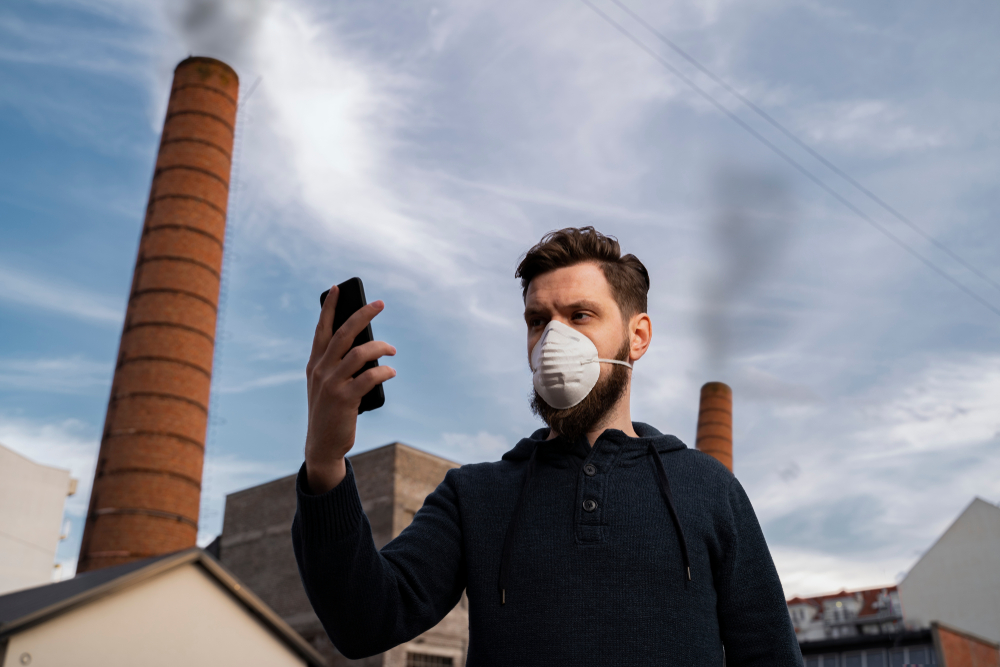Having failed to reach the 2008 National Ambient Air Quality Standards (NAAQS) for ground-level ozone by July 20, 2021, the EPA announced a final proposed action to downgrade the following five regions from “Serious” nonattainment status to “Severe”:
- Dallas-Fort Worth, TX
- Denver-Boulder-Greeley-Ft. Collins-Loveland, CO
- Houston-Galveston-Brazoria, TX
- Morongo Band of Mission Indians, CA
- New York-N. New Jersey-Long Island, NY-NJ-CT
The EPA’s final determinations for these areas are based upon ozone monitoring data for the years 2018–2020.
“These determinations are an important step in ensuring that communities across the country have the clean, healthy air quality they deserve, and that areas of the country that are not currently achieving these health-based standards take steps required by law to reduce ozone pollution,” said EPA Administrator Michael S. Regan in an EPA news release. “We will continue to work with our state partners to track air quality, reduce air pollution, protect public health and ensure clean air for all.”
Ground-level ozone forms when pollutants emitted by cars, power plants, a wide range of industries, and other sources chemically react in sunlight. Breathing ozone can cause coughing and a sore or scratchy throat; make it more difficult to breathe; inflame and damage airways; make lungs more susceptible to infection; aggravate lung diseases such as asthma, emphysema, and chronic bronchitis; and increase the frequency of asthma attacks. Ozone is most likely to reach unhealthy levels on hot sunny days in urban areas, but it can still reach high levels during colder months. It can also drift long distances and harm air quality in rural areas.
More than 90 million Americans, including those disproportionately burdened by ozone air pollution and other sources of pollution, live in areas that do not meet national air quality health standards for ground-level ozone or smog, according to the EPA.
Under the Clean Air Act (CAA), the EPA is required to ensure that smog-affected areas meet health-based air quality standards for ozone as quickly as possible. These reclassified areas will now face more stringent CAA requirements designed to help them reach attainment status no later than July 20, 2027.
These requirements include:
- Expanding the set of major stationary sources that must adopt reasonably available emissions controls and that are subject to new source and modified permitting provisions. This means more businesses in these areas will have to apply for Title V air permits.
- Additional mobile source controls.
- The submission of a new State Implementation Plan (SIP) demonstrating how the area will attain as quickly as possible. These states have 18 months from the effective date of the final action to submit new SIPs. The Morongo Indian Tribe is not required to submit a SIP for EPA approval.
- Additionally, the CAA requires that reformulated gasoline be sold in areas reclassified as “Severe” no later than 1 year after the effective date of the reclassification. This special blend of gasoline must be sold in the summer and typically costs consumers 20 to 30 cents more per gallon.

